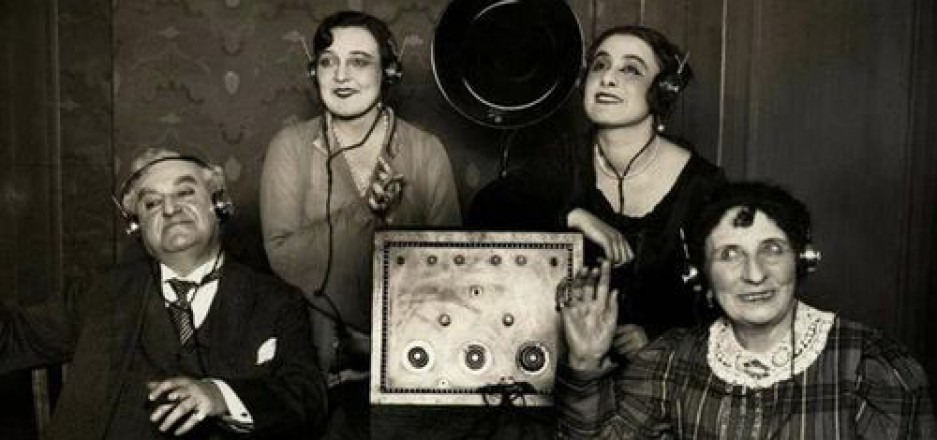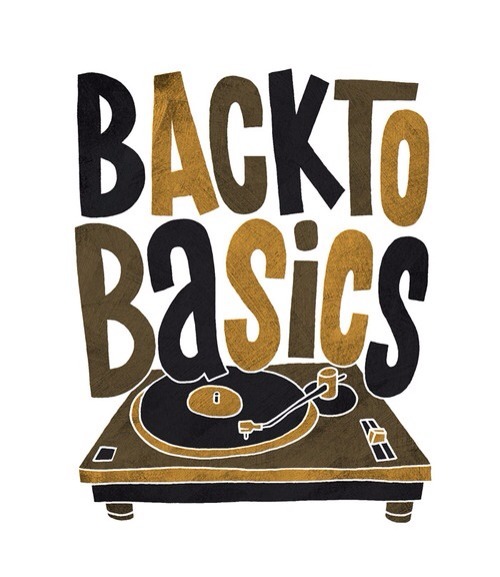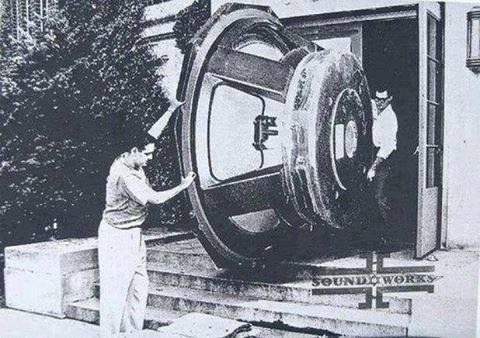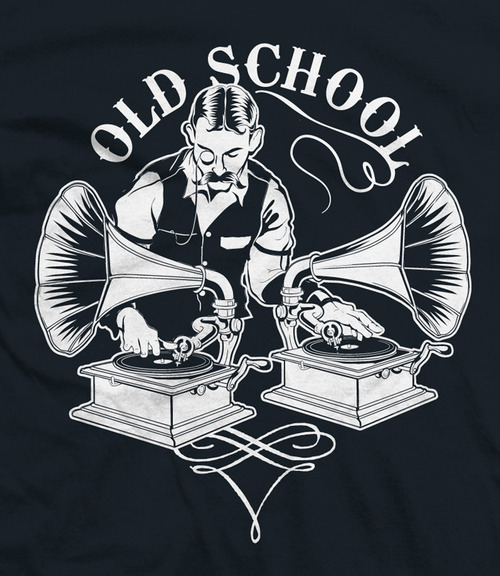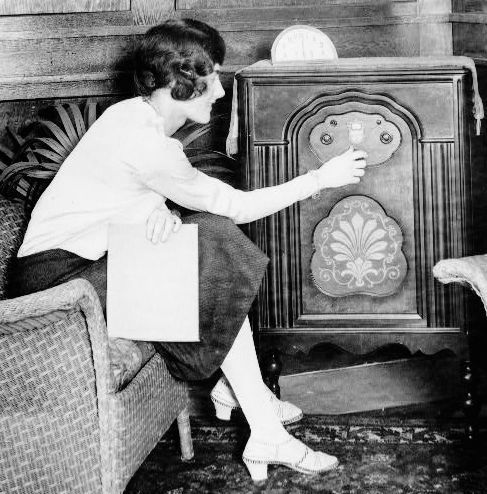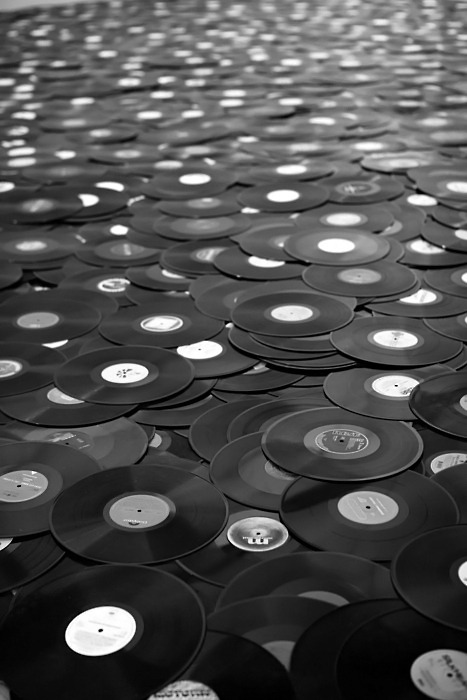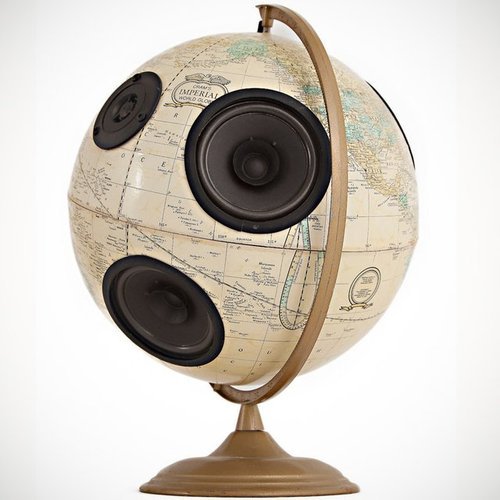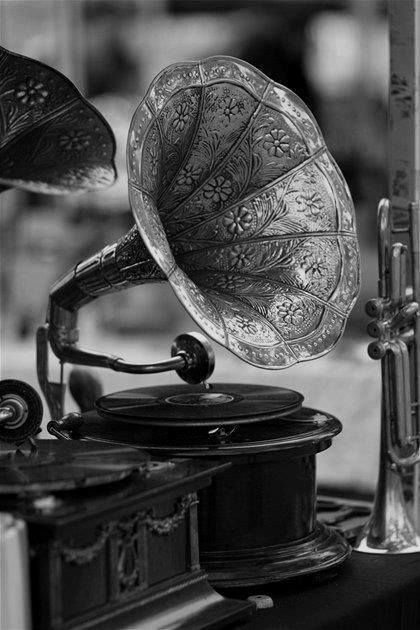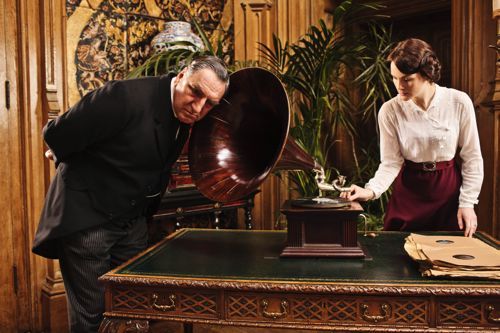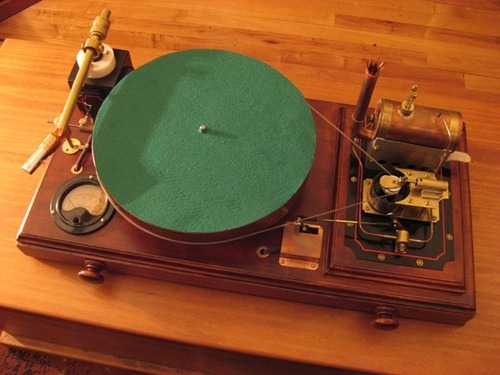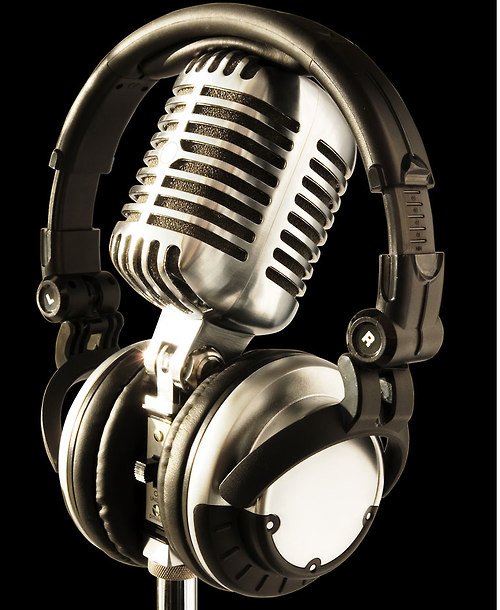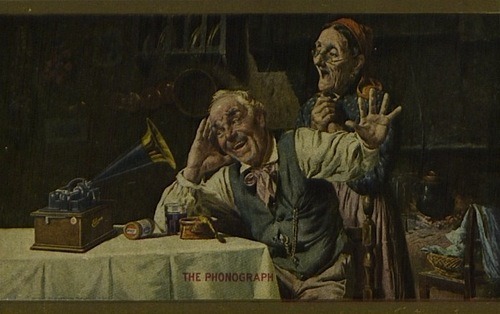Hello again kids. It’s time to lance another of my favorite audio
hot air balloons (notice I stayed away from the zit metaphor out of
consideration for you gentile reader). Today we will answer the
questions:
- How much power do I need?
- Which is better: Tubes or Transistors?
- How much do I need to spend?
Let’s start with the how much power do I need part.
We need to go back and take another walk around your listening room.
The size of your room and the speakers you have selected are the two things we need to discover.
The larger your room (and the farther you sit from your speakers when
you listen) is of primary interest. A typical bedroom for example
should never require more than about 100 watts RMS (total of two
channels) even with inefficient acoustic suspension speakers. This
assumes an “honest” low distortion 100 watts RMS over the audible
frequency range. RMS stands for “Root Mean Square” which simply means it
can supply the power for any possible musical material. And yes, rock
is usually more demanding on average but classical is usually more
demanding for peaks. RMS power can handle either situation. And by “low
distortion” we usually look for no more than 0.1% at full power output.
And it must be able to supply this “honest” 100 watts over the entire
range of hearing (unless you are a dog in which case you will need to
pay more for an amp that will cover the ultrasonic frequencies we can’t
hear).

But what about volume? What if I like my Led Zeppelin cranked to 11?
Whoa. Back up the bus. What’s the goal here?
To paint the audio illusion that you are there or they are hear in a
way that can not be distinguished from the original. As discussed,
unless a rock band is recorded live (you would definitely be there) it
is most unlikely there was an “original” to emulate other than what came
out of the studio monitors when the recording was made. And the sound
pressure levels at a rock concert is subject for another blog (and
another set of ears to damage thank you verry much).
An acoustic orchestra or a vocalist with an ensemble is something
which can be reproduced because it was actually produced. And it is this
which the honest 100 watts can provide in your 10 x 16 bedroom with
startling authenticity.
But what if I have very efficient speakers? Won’t I be better off with an amplifier with a lower power rating?
Nah. That’s what the volume knob is for. Set it on 4 instead of 8.
Okay, what about my living room which is much larger?

How much larger? This is where things can get expensive. Your ears
don’t play fair when it comes to loudness. In theory, to make an
instrument or vocalist sound twice as loud, (or sound the same except
farther from the speakers), a ten fold increase in amplifier power is
needed. This assumes your speakers can handle this much power. So 100
watts suddenly becomes 1000 watts.
But wait! There’s good news! Remember the listening room you just
built a few entries back? It has walls and a floor and ceiling which
always reflect some of the sound to your ears. And there is another
really good thing about your brain to keep in mind. We have a hard time
remembering exactly how loud something was originally. So the naked
truth is, if you get the sonic details correct (directionality,
frequency range, tonal balance, waveform integrity, dynamic range, all
the responsibility of the guy behind the glass), and you have taken
care to properly play his product (on your choice of sources / more
about these in coming chapters), and your speakers are capable of
faithfully following the electrical power your amplifier is working so
hard to send to them, the actual sound pressure level (volume) is not a
deal breaker. All will be well in the land of audio reproduction. The
musicians will be magically transported to here or you to where they
are.
In a large family room or living room even with relatively
inefficient speakers, 500 watts RMS total of 2 channels (with the same
assumptions discussed previously) is more than enough for any real world
acoustic material.
So which is better, tubes or transistors?
Yes.
Either.
There is no better (or worse). Only more or less accurate. And accuracy can be scientifically quantified.
An amplifier has only one job. Gain. A perfect amp will take a
“small” musical waveform and make it much “larger”. That’s all. It will
not add or subtract or in any way change anything except “size”.
Transistors and tubes are devices which allow us to do this. Neither is
perfect. They both contribute subtle changes to the waveform. But as
long as their contributions are within objective measurable (distortion)
limits, it does not matter.
But what about the “warm” tube sound everyone wants?
Sound isn’t paint. Or light. Or wine. It can be objectively
quantified as being the same as an original (accurate), or different
(inaccurate). And another name for inaccuracy is distortion. All
amplifiers add distortion albeit in very small amounts. It’s simply a
matter of degree. Not tubes vs. transistors.
So how much should I spend for a 500 watt amp?
You should buy (spend) whatever you want and can afford on an amp
that makes you happy. That’s a different question from what do I need to spend for an amp that will bring them here or me there. That’s where profit margin distortion comes in. There are some very nice folks
that will sell you a spiffy new amp with any imaginable feature. And
damn are they pretty. So go for it if it makes you happy and your
checkbook is up to the task.
But truth be told, spending more than about two bucks a watt is just
not necessary in order to have a convincingly life like copy of Yo Yo Ma
playing cello in your listening room.
Next time: What’s All the Vinyl Hoopla About?


